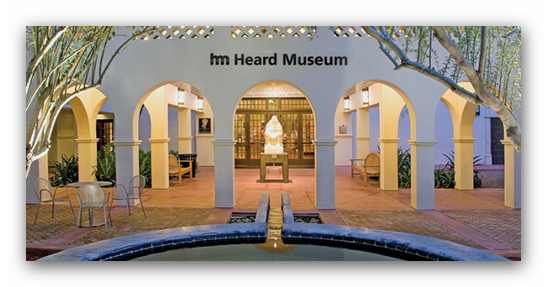- Apr 24 2022
Phoenix, AZ
Like many Western artists who followed him, George Catlin (1796-1872) traveled the West to make a record of the region’s Indigenous peoples. His goal was to preserve for future generations a pictorial history of Indigenous cultures, which he accomplished by painting portraits of peoples from nearly 40 tribes.
The exhibition George Catlin on Indigenous Land features selections from an original 1844 portfolio of 25 hand-colored lithographic plates. This recent donation from Laura and Arch Brown consists of the third print-run edition of Catlin’s lithographs, which marked the first time he used a new printer in London. More than 150 years old, the lithographs are in perfect condition.
A self-trained artist who practiced law for two years, Catlin traveled to Missouri and then into the Great Plains. From 1830 to 1836, he made five separate trips, producing the largest pre-photographic record of Indigenous people by painting more than 300 portraits and 175 landscapes. In addition to portraits, he painted scenes depicting ceremonies, customs and village life.
Catlin was known to be respectful of the Indigenous people who posed for his portraits. Viewed in a contemporary context, Catlin personally benefitted from the enterprise. He traveled to cities throughout the U.S. and Europe, showcasing his “Indian Gallery.” Although his paintings, lectures and books brought him recognition, he faced financial hardships many times throughout his career, including imprisonment in London for indebtedness in 1852. That same year, after Catlin’s unsuccessful attempt to sell his paintings to the U.S. government, railroad businessman Joseph Harrison Jr. acquired the paintings when he paid Catlin’s debts. Some years after Catlin’s death, Harrison’s widow donated the paintings to the Smithsonian Institution.
Credit: Overview from museum website
Exhibition Venues & Dates
- Apr 24 2022
Phoenix, AZ
